Do you believe that a webinar without ROI is like a delicious pizza with no crust – all potential, no payoff?
After being in the industry and running webinars for years, I have seen some fantastic presentations fall flat just because the focus wasn’t on webinar ROI and maximizing return.
But what exactly is the return on investment in terms of webinars, and why does it matter?
Let me decode this with my experience. Here’s a detailed guide on Webinar ROI, its importance, benefits, and easy steps to improving it.
What is Webinar ROI?
Webinar ROI, or return on investment, measures the effectiveness and profitability of webinars by comparing the benefits gained to the costs incurred. Understanding ROI helps organizations evaluate whether webinars are a worthwhile investment in marketing, education, or training strategies.
According to some sources, webinars have high conversion potential. On average, between 2% to 5% of webinar attendees will purchase something at the end of a webinar.
How to Calculate Your Webinar ROI
The ROI for webinars is calculated using the following formula:
| ROI = (Total Benefits − Total Costs) / Total Costs × 100 |
For example, suppose a company spends $1,000 on hosting a webinar and generates $4,000 in sales attributed to this webinar. In that case, you can calculate webinar ROI as follows:
ROI = ($4,000 − $1,000) / $1,000 x 100
Which is equal to 300%.
What’s the Importance of Measuring ROI for Marketing Webinars?
It is important to measure webinar ROI for several reasons, such as:
- Resource Allocation:
It helps determine the effectiveness of your investment in webinar creation, promotion, and hosting. Understanding ROI allows you to allocate resources more efficiently in future marketing campaigns.
- Performance Evaluation:
ROI measurement provides insights into how well your webinars achieve their objectives, such as lead generation, brand awareness, or product education. This evaluation helps in refining strategies and improving future webinar content.
- Budget Justification:
Demonstrating a positive ROI helps justify the budget allocated to webinars within your marketing strategy. It provides concrete evidence of their contribution to business goals, crucial for securing continued investment.
- Optimization Opportunities:
By analyzing ROI metrics, such as attendee conversion rates, cost per lead, or revenue generated from webinar leads, you can identify areas for improvement. This includes tweaking content, adjusting promotion strategies, or targeting different audience segments.
- Strategic Decision-Making:
ROI insights empower marketers to make informed decisions about scaling webinar efforts, expanding into new markets, or integrating webinars more deeply into the sales funnel. It aligns marketing activities with broader business objectives.
What Are the Key Metrics for Evaluating Webinar Success?
Evaluating the return on investment (ROI) for webinars involves tracking several key metrics to assess their effectiveness and impact.
Here are some essential metrics to consider:
- Registration Rate: The number of people who sign up for your webinar reflects initial interest and engagement.
- Attendance Rate: This metric measures the percentage of registrants who actually attend the webinar, indicating how successful you were in converting interest into participation.
- Engagement Metrics: These include the average attendance duration, which measures how long attendees stay engaged during the webinar, and the interaction rate, which assesses the frequency of audience questions, comments, or polls.
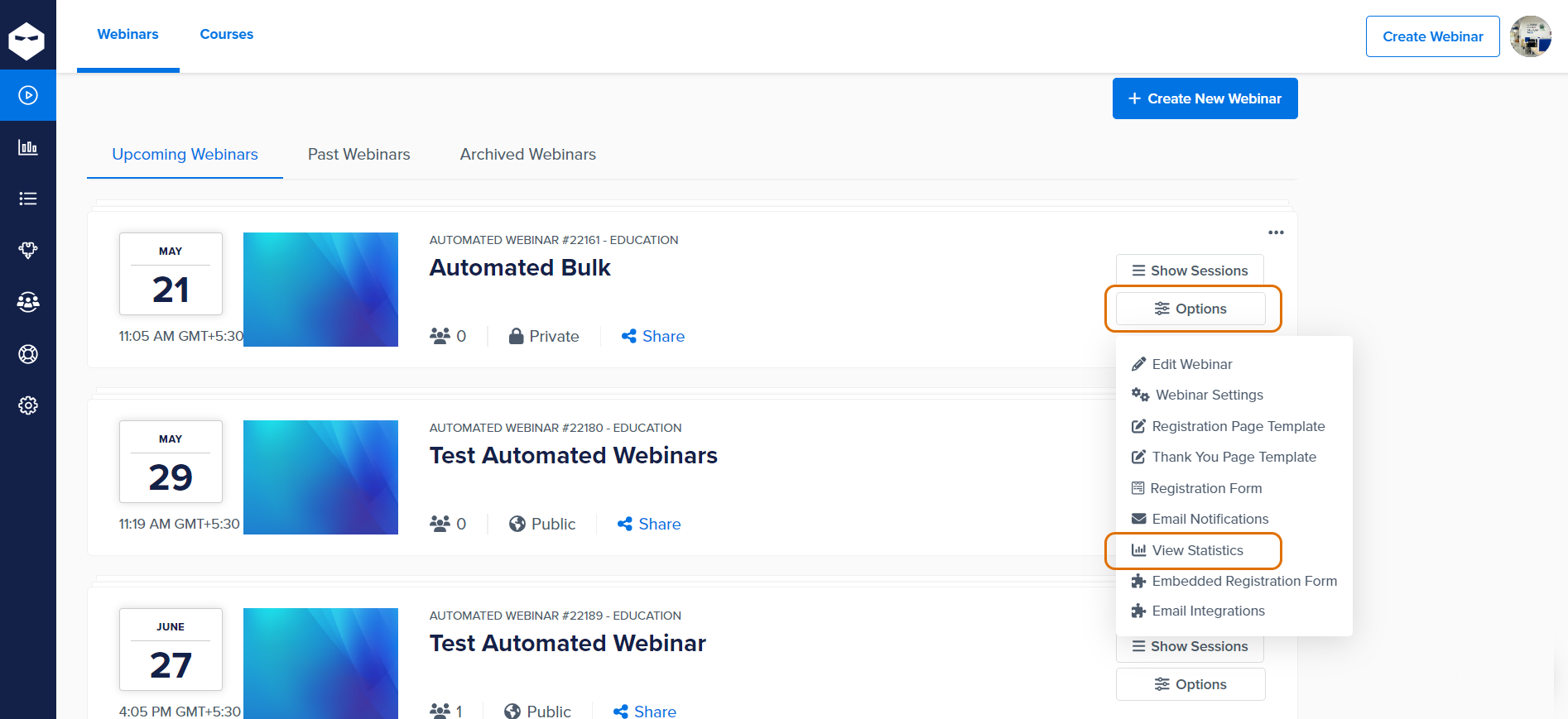
- Lead Generation: Metrics here include the number of leads generated during or after the webinar and the quality of leads based on engagement and follow-up actions.
- Conversion Rate: This encompasses immediate conversions post-webinar (e.g., purchases, sign-ups) and long-term conversions, indicating actions taken by attendees over time as a result of the webinar.
- Revenue Generated: Direct sales or revenue attributed to the webinar, including upsells or subsequent purchases.
- Cost per Lead (CPL): Calculated by dividing total webinar costs by the number of leads generated, this metric helps evaluate efficiency in lead generation.
- Participant Feedback: This includes satisfaction scores from attendees regarding content, presenter quality, and overall experience, as well as Net Promoter Score (NPS), which measures the likelihood of attendees recommending the webinar to others.
- Social Media Impact: Metrics such as social shares (the number of times the webinar was shared on social media) and social media engagement (likes, comments, and mentions related to the webinar) help gauge its reach and impact beyond the live event.
- Post-Webinar Engagement: This metric evaluates follow-up actions such as responses to post-webinar emails, surveys, or additional content, as well as attendees’ retention and return rates for future webinars or further engagement with your content.
By tracking these metrics, you can comprehensively evaluate the ROI of your webinars and make informed decisions for future webinar strategies and optimizations.
How to Improve Webinar ROI
Improving webinars’ return on investment (ROI) involves strategic planning, effective promotion, engaging content, and post-webinar follow-up.
Here are some key steps to enhance webinar ROI:
1. Define Clear Objectives
- Set Specific Goals: Determine what you aim to achieve with your webinar, such as lead generation, brand awareness, product launch, or customer education.
- Target Audience: Identify the ideal participants who are most likely to benefit from your webinar and convert them into customers.
Also Read: How to Do Strategic Webinar Planning: A Step-by-Step Guide
2. Plan Engaging Content
- Relevant Topics: Choose topics that address your target audience’s pain points and interests.
- Expert Speakers: Invite knowledgeable and engaging speakers who can provide valuable insights.
- Interactive Elements: Incorporate Q&A sessions, polls, and live chats to keep the audience engaged.
3. Promote Effectively
- Multi-Channel Promotion: Use email notifications, social media, your website, and partners to promote the webinar.
- Compelling Messaging: Create engaging promotional content highlighting the benefits of attending the webinar.
- Early Registration: Encourage early sign-ups with incentives like early-bird access or exclusive content.
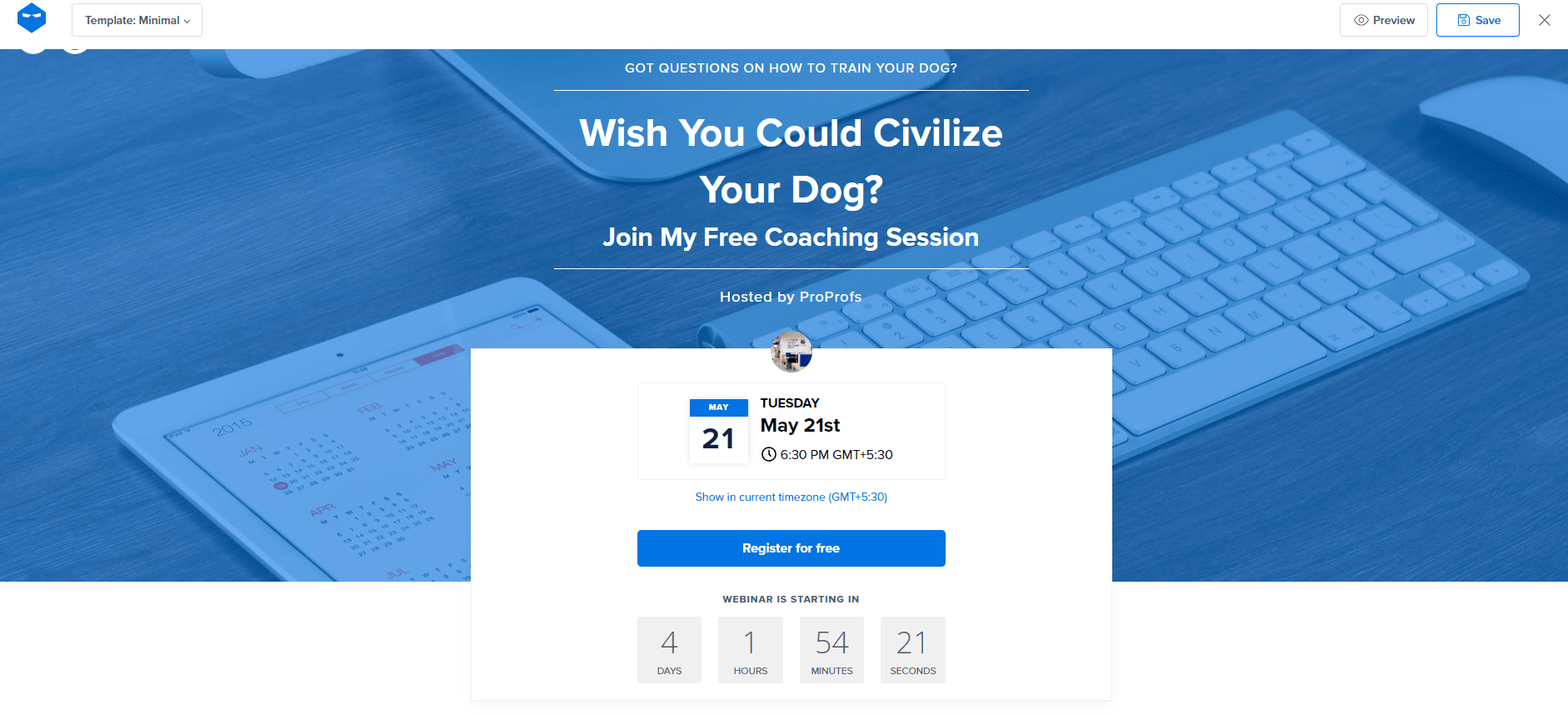
4. Optimize the User Experience
- Easy Registration: Simplify the registration process with a user-friendly form.
- Reminder Emails: Send reminder emails leading up to the event to reduce no-show rates.
- Technical Quality: Ensure high-quality audio and video, and test all technical aspects beforehand.
5. Engage During the Webinar
- Interactive Tools: Use interactive tools to keep the audience involved.
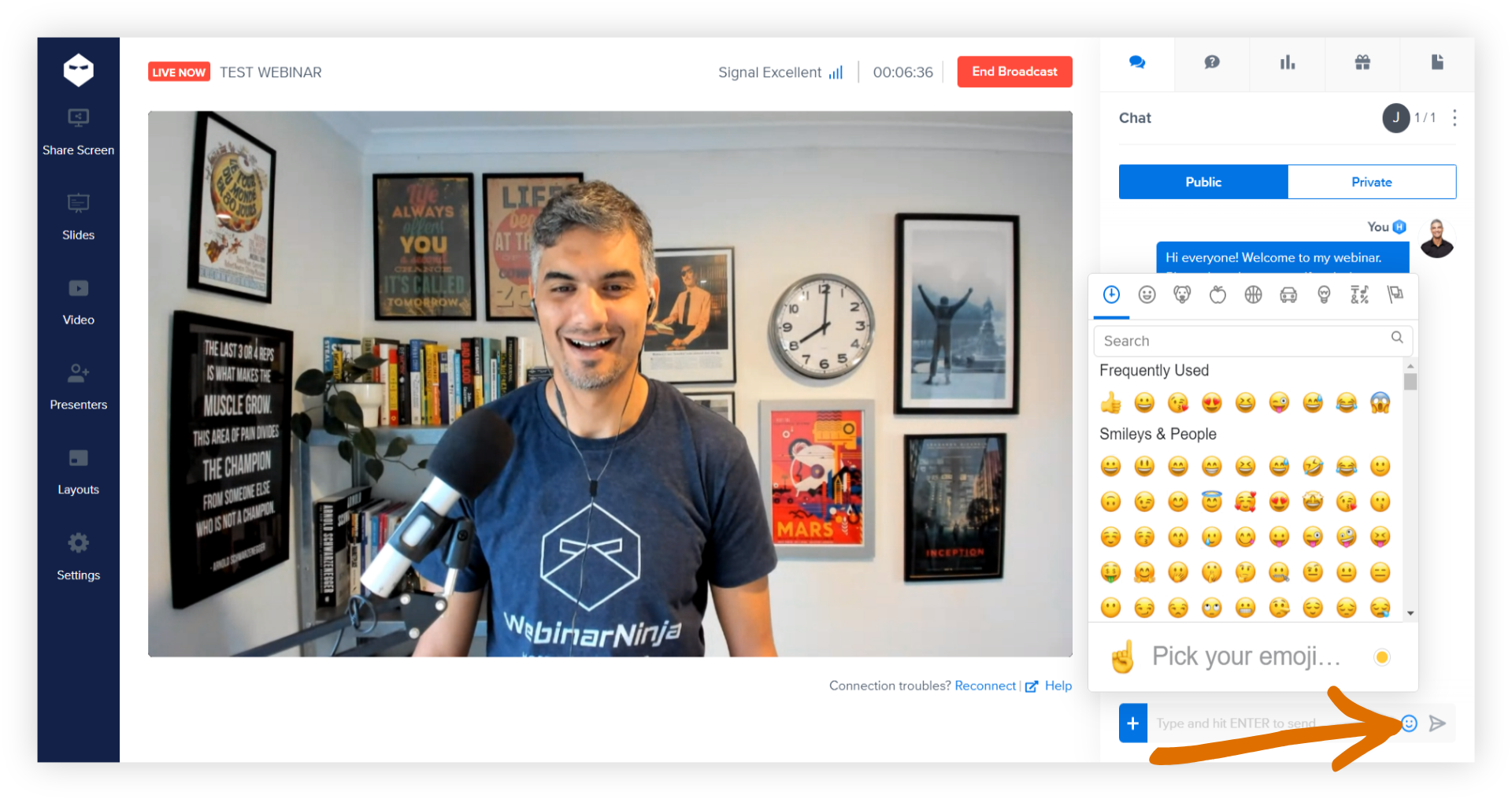
- Moderation: Have a moderator to manage the flow and address audience questions in real time.
- Engaging Visuals: Use slides, videos, and demonstrations to make the content visually appealing.
6. Post-Webinar Follow-Up
- Thank You Emails: Send personalized thank-you emails with a recap and additional resources.
- On-Demand Access: Provide access to the webinar recording for those who couldn’t attend live.
- Feedback Collection: Collect feedback to understand what worked well and areas for improvement.
7. Analyze and Refine
- Track Metrics: Monitor key metrics such as registration numbers, attendance rates, engagement levels, and conversion rates.
- Analyze Data: Use analytics to understand audience behavior and the effectiveness of your content and promotion strategies.
- Continuous Improvement: Refine your approach based on feedback and data to improve future webinars.
8. Repurpose Content
- Blog Posts: Create blog posts based on the webinar content to reach a broader audience.
- Social Media: Share key takeaways and snippets on social media.
- Email Campaigns: Use the content in email campaigns to nurture leads.
By implementing these strategies, you can maximize the impact of your webinars, attract more attendees, engage them effectively, and convert them into loyal customers, thereby improving your overall ROI.
What Are the Benefits of Tracking Webinar ROI?
Tracking the return on investment (ROI) for webinars offers several significant benefits that can enhance your overall marketing and educational strategies.
Here are the key benefits:
1. Performance Measurement
Tracking webinar ROI allows you to understand their effectiveness comprehensively. Analyzing the data lets you determine which topics, formats, and speakers resonate best with your audience.
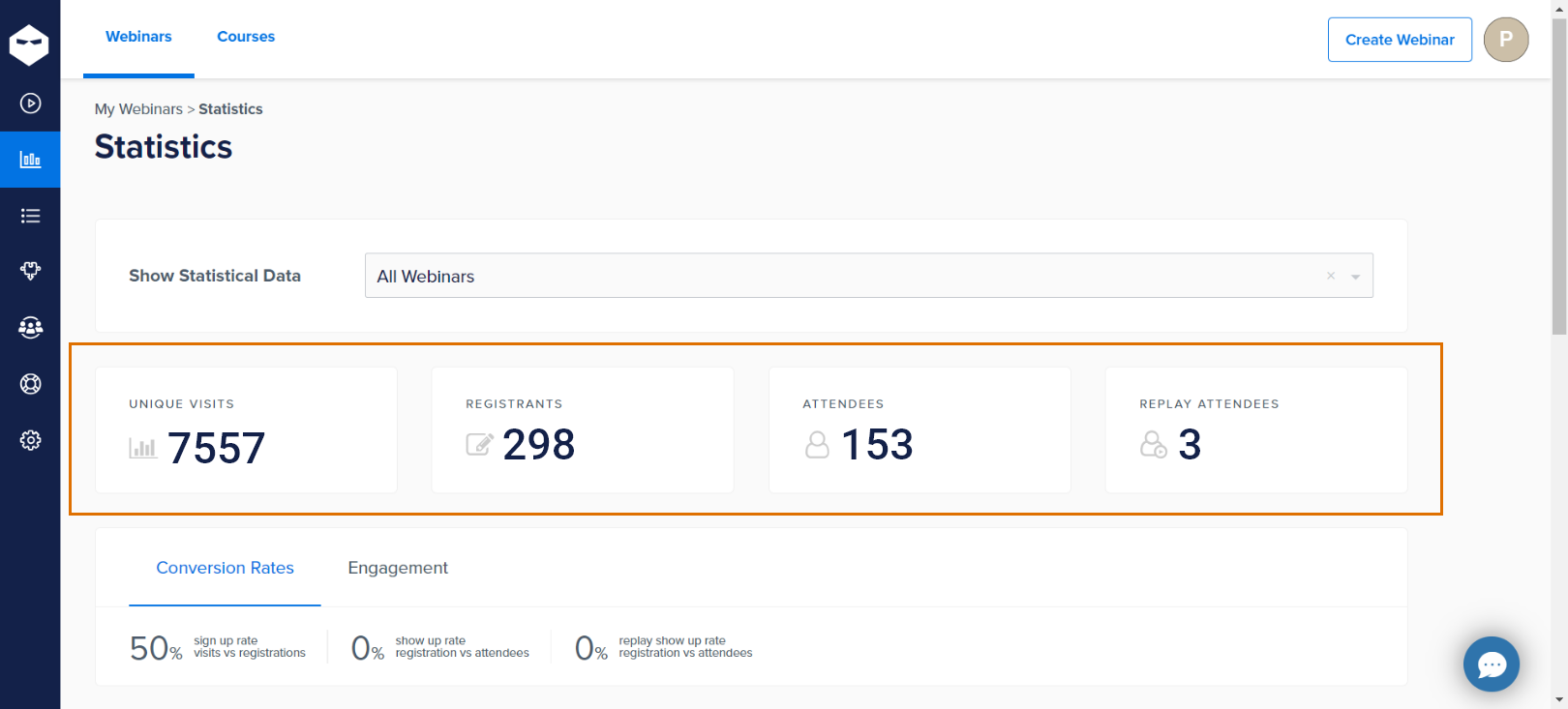
This understanding enables you to make informed decisions about future content and marketing efforts. Besides, tracking performance over time helps you identify trends, ensuring that your webinars remain relevant and engaging.
2. Budget Justification
When you know the ROI of your webinars, it becomes easier to justify the budget spent on them. This is crucial for securing funding for future webinars and other marketing activities.
By understanding how to monetize webinars, you gain insights into which ones yield the highest returns. This allows you to allocate your budget more effectively, ensuring that your spending is optimized and unnecessary expenses are avoided.
By understanding which webinars yield the highest returns, you can allocate your budget more effectively, ensuring that your spending is optimized and unnecessary expenses are avoided.
3. Audience Insights
ROI tracking provides valuable insights into what your audience values most. This information is essential for tailoring future webinars to meet their needs and preferences.
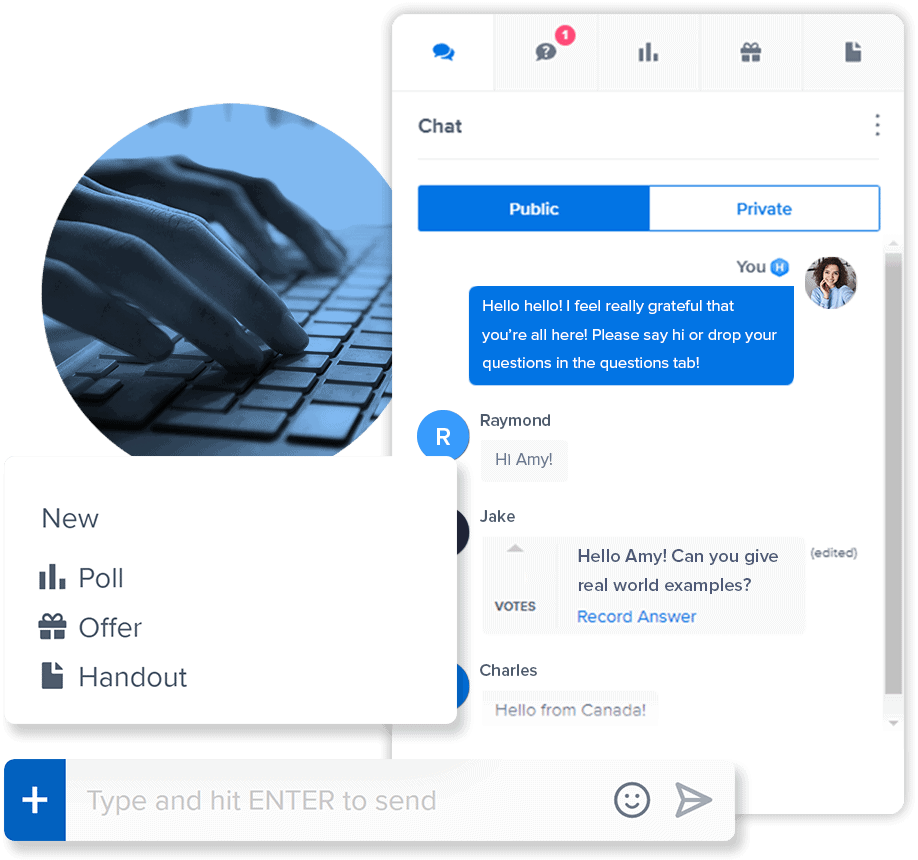
By analyzing engagement metrics, you can assess which content and formats are the most engaging, allowing you to refine your approach and deliver more impactful webinars.
4. Lead Generation and Conversion
Webinars often attract high-quality leads. Tracking ROI allows you to assess the quality of these leads and their conversion rates. You can determine how webinars contribute to your sales funnel and customer acquisition, providing a clear picture of their impact on revenue.
This information is invaluable for optimizing your lead generation strategies and improving conversion rates.
5. Continuous Improvement
With clear data on what works and what doesn’t, you can continuously refine your webinar strategies to improve outcomes. Establishing benchmarks based on past performance allows you to set realistic goals and expectations for future webinars.
This continuous improvement process ensures that your webinars become more effective over time, delivering better results.
6. Stakeholder Reporting
Another significant benefit of tracking webinar ROI is providing transparency to stakeholders. When stakeholders see tangible evidence of success, they are more likely to support and invest in your webinar programs. Informed stakeholders can make better decisions, ensuring that your webinar initiatives receive the necessary backing and resources.
7. Competitor Analysis
Understanding your webinar ROI can help you stay competitive in your industry. You can gain a competitive edge by comparing your performance against industry benchmarks and competitors.
It allows you to uniquely position your webinars in the market, highlighting your strengths and addressing gaps. Ultimately, this helps you maintain and enhance your market positioning.
No doubt, tracking the ROI of your webinars provides a comprehensive understanding of their value and impact. It enables data-driven decision-making that enhances your marketing and educational initiatives, leading to better resource management, higher engagement, and increased conversions.
Also Read: Creating a Webinar Funnel - Steps & Benefits
How to Track Webinar ROI Using Webinar Tools
Tracking the ROI of webinars is essential to understand their effectiveness and justify the resources spent.
Here’s a detailed guide on how to track webinar ROI using webinar tools:
1. Define Your Goals and Metrics
Before the Webinar:
- Registration Metrics: Track the number of sign-ups, sources of registrations, and demographics.
- Marketing Costs: Include costs for email campaigns, social media ads, and any paid promotions.
- Technology Costs: Account for the cost of the webinar platform, equipment, and software.
During the Webinar:
- Attendance Rate: Measure the percentage of registrants who actually attend.
- Engagement Metrics: Monitor live polls, Q&A participation, chat interactions, and session duration.
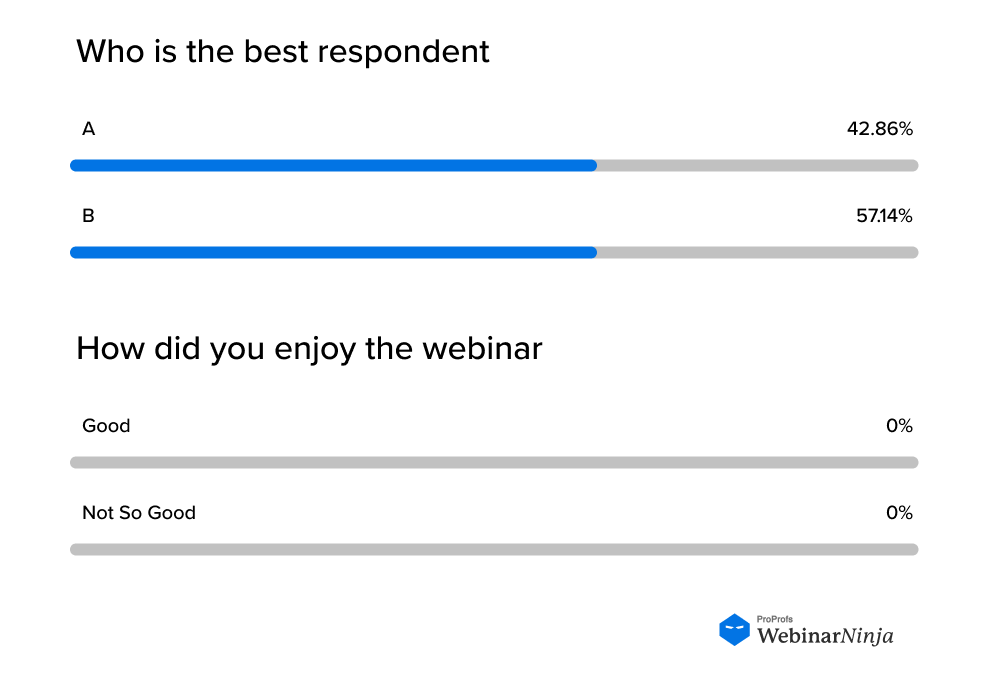
After the Webinar:
- Conversion Rates: Track how many attendees converted into leads or customers.
- Feedback and Surveys: Collect feedback to gauge participant satisfaction and areas of improvement.
2. Use Analytics Tools
- Webinar Platforms: Most webinar tools, such as WebinarNinja, provide built-in analytics to track registration, attendance, engagement, and conversion rates.
- CRM Integration: Integrate your webinar platform with CRM systems like Salesforce or HubSpot to track the journey from registration to conversion. This will help you understand the webinar’s impact on sales and lead nurturing.
- Marketing Automation: Use tools like Marketo or Mailchimp to track the performance of your promotional campaigns and their direct impact on registrations and attendance.
3. Calculate ROI
| ROI = Total Costs / Net Profit × 100 |
Net Profit Calculation: Net Profit = Revenue Generated − Total Costs
- Revenue Generated: Total sales or value generated from leads acquired during the webinar.
- Total Costs: Sum of all costs incurred, including marketing, technology, and manpower.
4. Post-Webinar Follow-Up
- Lead Scoring: Use lead scoring mechanisms to prioritize follow-up actions based on engagement and interactions during the webinar.
- Email Campaigns: Send follow-up emails with additional resources, thank-you notes, and next steps to maintain engagement.
- Content Repurposing: Share recorded webinars, highlights, and summaries on social media and other platforms to extend the reach and impact.
5. Continuous Improvement
- A/B Testing: Experiment with different formats, times, and content to see what works best for your audience.
- Feedback Analysis: Regularly analyze feedback to improve future webinars.
- Benchmarking: Compare your metrics against industry standards and previous webinars to measure performance and identify trends.
Elevate Your Webinar ROI with Strategic Insights
You can easily enhance webinar ROI with strategic insights and optimization. All you need to do is refine your presentation style and engage participants with interactive elements like polls and Q&A sessions to boost engagement. Besides, using data analytics to track performance and make data-driven improvements and selecting the right webinar platform is also crucial.
For instance, if you are looking for a good tool to help you gauge your webinar ROI and increase it, WebinarNinja can be a good choice with its robust features. It has automated emails that ensure timely communication with attendees, detailed analytics that provide insights into participant behavior, and easy integration options that streamline the entire process.
Sounds like an overall win-win for webinar creators.
Want to host a webinar for free?
Use WebinarNinja to teach, improve marketing, and grow your sales.





![How to Choose & Set Webinar Virtual Background [+Best Practices]](https://webinarninja.com/blog/wp-content/uploads/2025/01/Feature_WN_How-to-Choose-Set-Webinar-Virtual-Background-Best-Practices.png)

